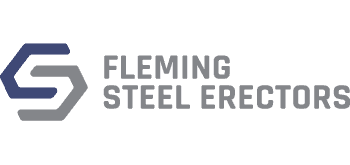Maintenance of Manufactured Buildings
Are manufactured buildings easy to maintain?
Easier, say, than their counterparts that are built onsite?
The answer is an unqualified yes.
Buildings made in a controlled, indoor environment, using systematic processes, are apt to be more uniform in quality than those made on location with shifting work crews in variable weather and working conditions. To appreciate this difference, imagine cutting a metal panel on a table saw, indoors, to precise specifications—versus cutting outdoors on sloped ground in windy conditions, surrounded by the chaos of multiple work crews. This is one of the many advantages that manufactured buildings afford.
While manufactured buildings are often customized to specific demands, consistency in design features also makes ease of maintenance more achievable. Maintenance issues can be worked through in the design phase before construction begins.
Today’s manufactured buildings are primarily made of steel. That makes them exceptionally strong, resilient, and relatively maintenance-free. In contrast to wood and wood-based materials, steel will not warp, crack, twist, split, shrink or rot, and it does not harbor destructive organisms such as termites, beetles, rodents, or fungi.
Like all ferrous materials, steel is subject to rusting. But the processes commonly used to treat steel minimize or eliminate this risk. When steel is bonded with zinc, the resulting product, galvanized steel, is virtually impervious to rust. Today’s steel finishes also resist rusting, corrosion, abrasion, fading, and discoloration.
But as with all structures subject to use, wear, weather, and unanticipated hazards, there are practices that will extend the usefulness of a manufactured building.
Here are some of the areas to pay attention to:

Roofing
- Inspect your roof regularly for damage and debris.
- Watch for buckling, corrosion, and loose or missing shingles.
- Examine roof joints and caulking for breaches or cracks.
- Remove tree branches, dirt, and sharp items, such as nails and screws, which could damage the roof.
- Remove snow quickly. Watch for accumulations of water.
- Make sure storm drainage is adequate.
Siding
- Inspect scratches, cracks, and chipping. Repair as needed.
- Caulk joints to prevent water penetration.
- Wash siding paint periodically with cold water and mild detergent.
- Pressure-wash steel panels annually—especially in areas affected by saltwater.
- Apply siding wax annually.
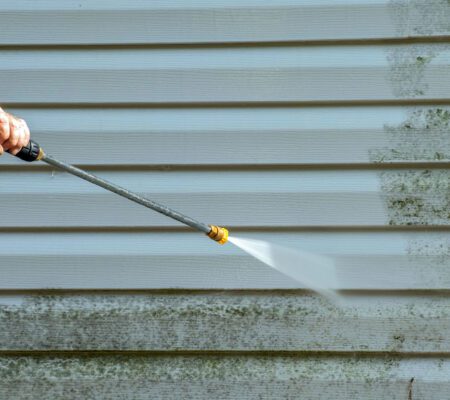
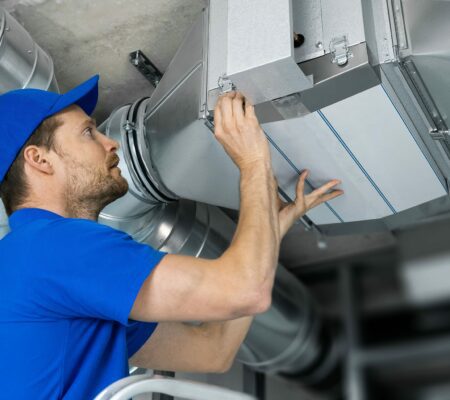
HVAC
- Change filters monthly.
- Clean air ducts every year.
- Run AC even when building is unoccupied during hot months to prevent mold.
- Keep thermostat set at moderate levels to avoid overworking unit.
- Make sure no objects are blocking skirting vents and air return vents.
Doors & Windows
- Clean the tracks of sliding doors and windows often.
- Caulk the gaps in window and door frames.
- Inspect weatherstripping around doors and windows. Replace as needed.
- Lubricate hinges and door closers.
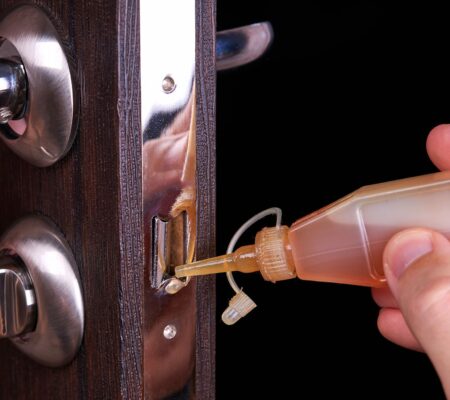
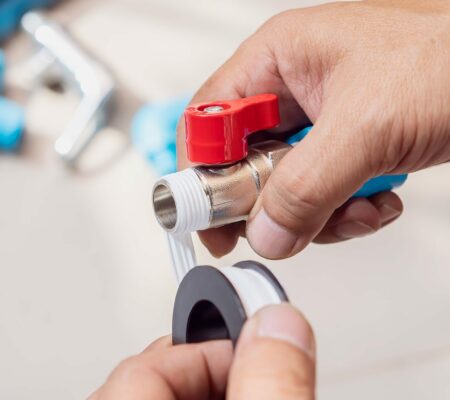
Plumbing
- Check plumbing fixtures for drips and leaks every summer.
- Clean drinking fountains every summer (if applicable).
- Wrap water lines in heat tape every winter to avoid freezing.
Lighting
People tend to notice when interior lights burn out, so they get replaced quickly. But exterior lights, crucial for safety, can be easily overlooked. Check your exterior lights periodically. And replace the batteries in any emergency lights every year.
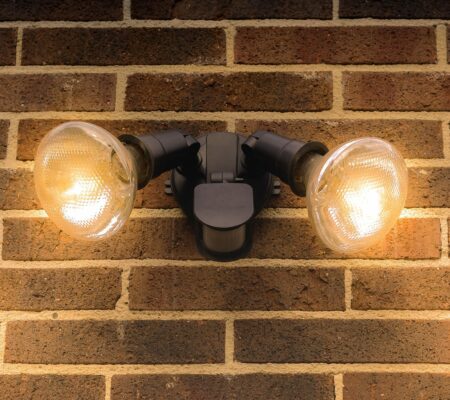
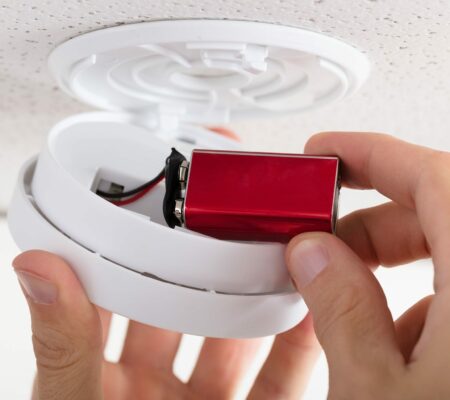
Smoke Detectors
Maintenance on these essential devices is pretty simple—just replace the batteries every year.
Total Cost of Ownership
The initial construction cost is only a fraction of the overall cost of owning a building—typically about 10 percent. Total cost of ownership (TCO) takes into account long-term maintenance costs, necessary repairs and replacement of systems, and energy efficiency. In all these areas, manufactured buildings can excel, again, because of the opportunity to address potential problems in the design phase.
Building designers can now use virtual or augmented reality programs to visualize every aspect of a structure, troubleshooting maintenance problems before the first shovel is turned. These new tools are revolutionizing the construction process, making it safer, more efficient, and more cost-effective.

